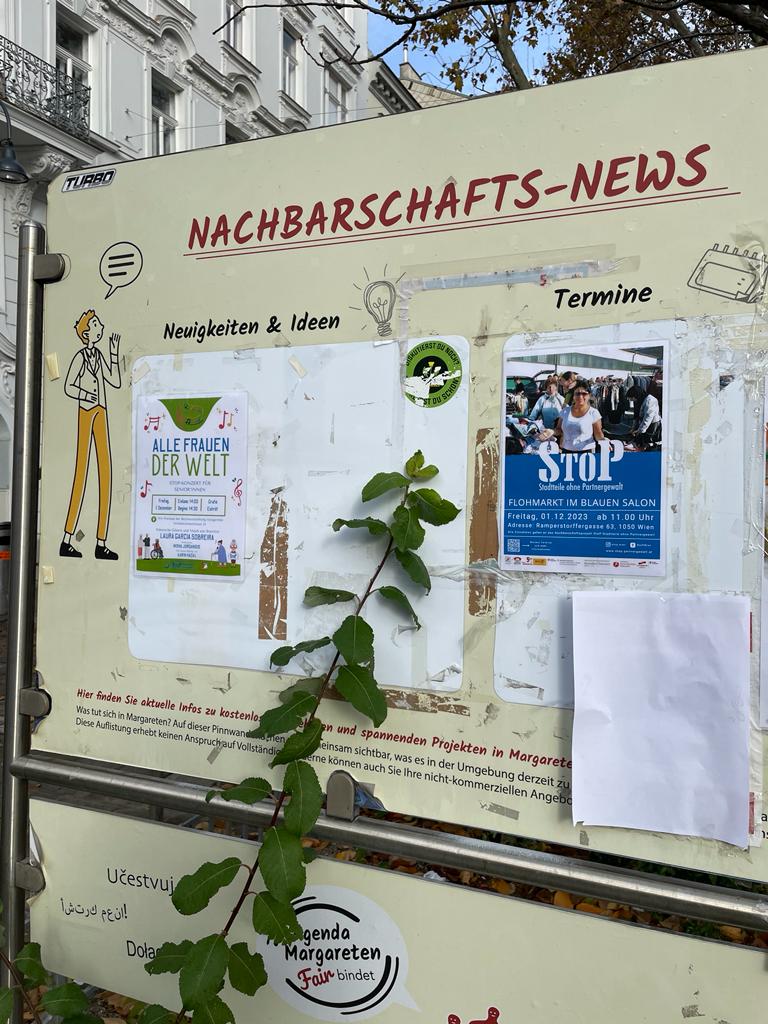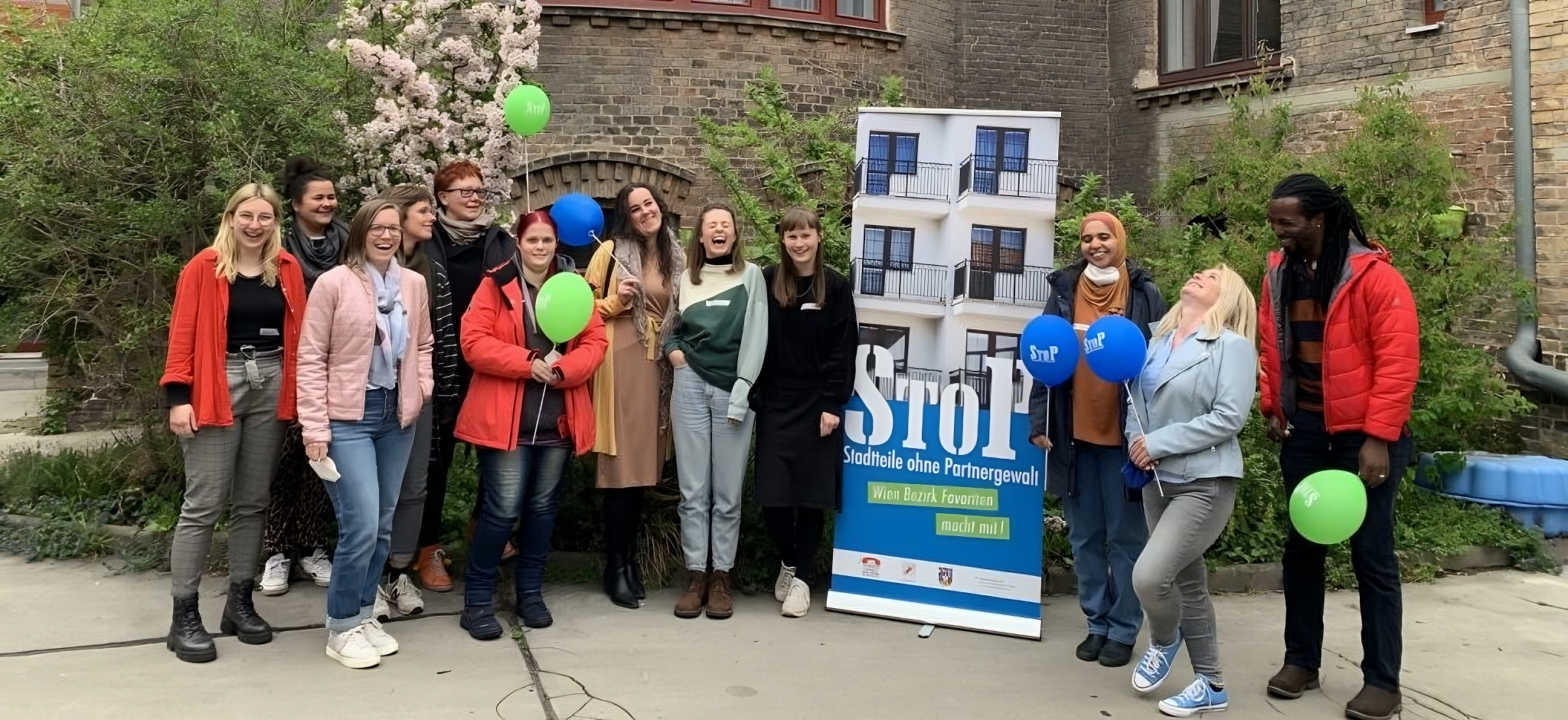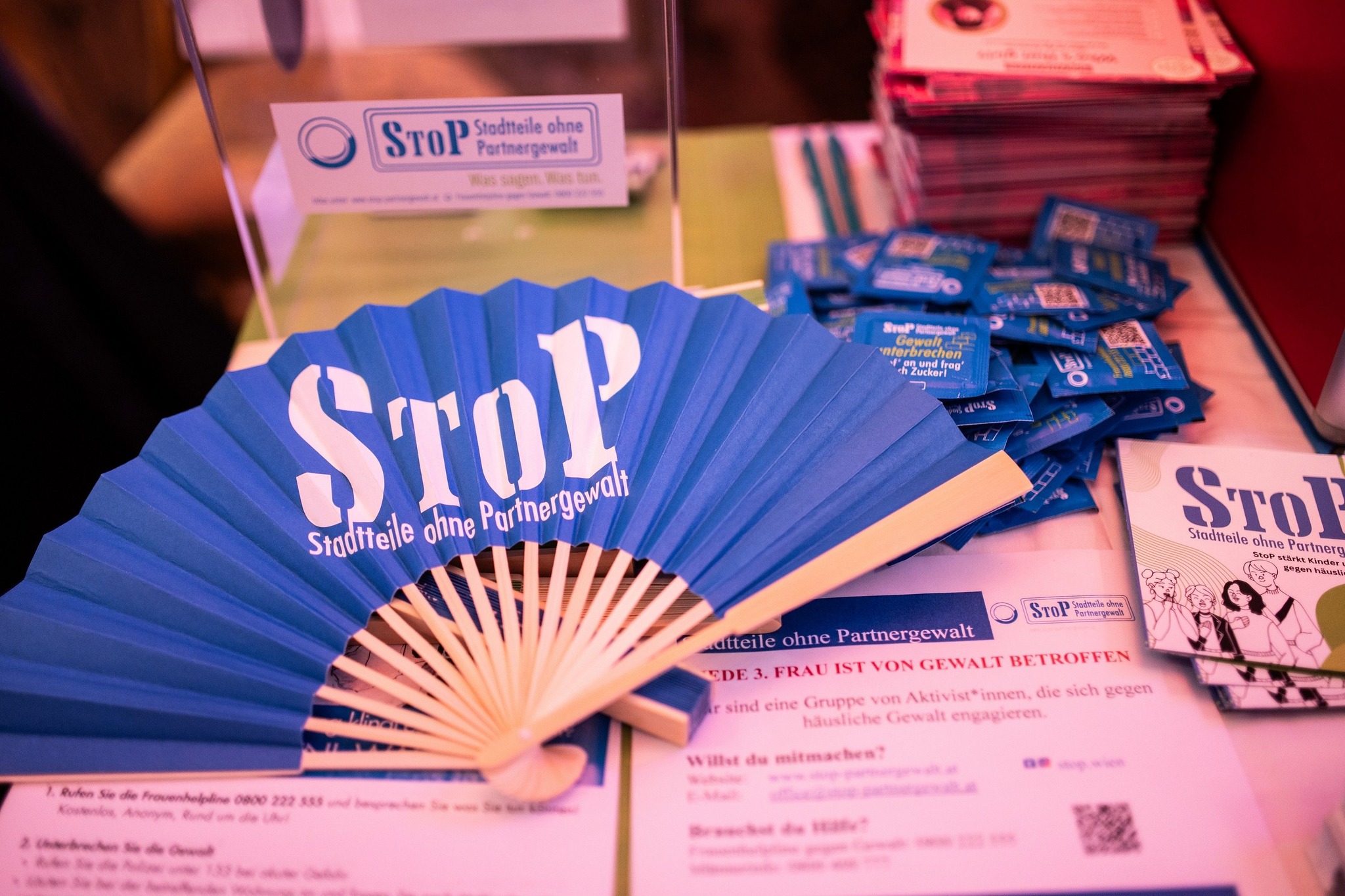Implementing the StoP model requires a serious commitment and a clear decision to work with StoP, as well as two to three years of financial security for implementation and groundwork. There should be an idea of how to move forward after this initial phase to consolidate and expand activities. This decision needs to be well prepared and the organisation's resources and skills need to be analysed and developed. The project should be built from the bottom up, from the community. Lobbying and fundraising are usually needed to take this first step.
Working with organisers trained in the StoP approach is crucial. There should be at least one, preferably a diverse team of two professionals. They may be hired outside of the community or are already active in the neighbourhood, perhaps part of the initiating organisation. Their skills should include community mobilisation and relationship building, gender sensitivity, and knowledge of discrimination and privilege, especially but not only in neighbourhoods with highly diverse populations.
The role of these organisers is to inspire and connect local leaders and citizens, initiate awareness-raising processes among them, and provide education on gender-based violence and prevention. They will support members of local communities to come together, to develop their own mobilisation and change work appropriate to the local context, to be able to intervene in cases of violence within a previously clarified and practised framework – and to become organisers themselves. The original organisers need to stay on for ongoing support and continuity, but work behind the scenes.
Helpful conditions for the success of the initial organisation/group include being embedded in local structures and community networks, providing an easily accessible space in the neighbourhood for meetings and as a starting point for organising processes.
The StoP “Neighbourhoods Free from Domestic Violence” project is a model for inclusive neighbourhood development in many ways:
- It activates and involves a wide range of Steilshoop residents
- It can draw on the very well functioning network of institutions in Steilshoop
- It improves the image of Steilshoop by addressing the issue of domestic violence, which is otherwise a taboo subject
- It addresses the goal of “preventing and reducing domestic and sexual violence”, which is formulated in the “Safety, Crime and Violence Prevention' strand of the City of Hamburg’s Integrated District Development Framework”

Example
The StoP pilot in Hamburg-Steilshoop (Germany), a diverse, low-income neighbourhood of 19,000 people, was initiated by the head of the local youth club, Simone Bock, a socialworker. She had heard about the StoP model at a conference led by Prof. Stövesand at the Hamburg University of Applied Sciences (HAW) and was enthusiastic.
She talked to socialwork colleagues and the Lutheran pastor. The first thing they did was to write an application to the district council asking for support for a neighbourhood based project against domestic violence. The council, which included many neighbours, social workers, local politicians and business owners, welcomed the initiative. As a result, the project was well known and widely supported by many in the neighbourhood. However, there was no single local group or organisation that could provide sufficient resources to make it happen. Instead, a co-operative structure was set up, comprising staff from the youth club, the primary school, the District Development Office, the District Council and the University. This was an excellent decision as it increased community ownership and commitment. They served as the initial StoP network and started the organising process. One colleague worked as the main organiser, with others stepping in for specific tasks such as setting up and facilitating groups of committed neighbours, the StoP community gropus. The members of the initial group continued to meet and acted as a supportive StoP network and steering committee.
“I hope that the neighbourhood will become like a paradise and everyone will say: Steilshoop is Hamburg's gem.”

Meetings and group work took place in the youth club and district development office buildings. Funding was secured from the state and city of Hamburg, and a half-time position and additional research capacity was provided by Prof. Stövesand from the University of Applied Sciences in Hamburg










